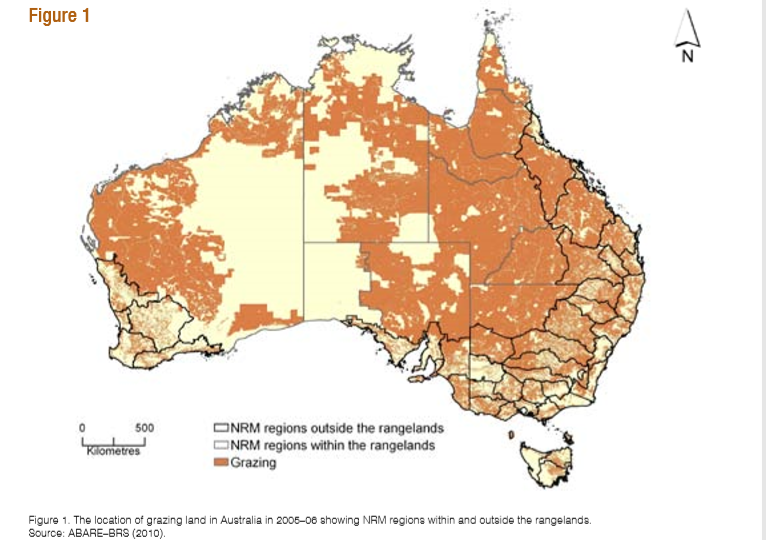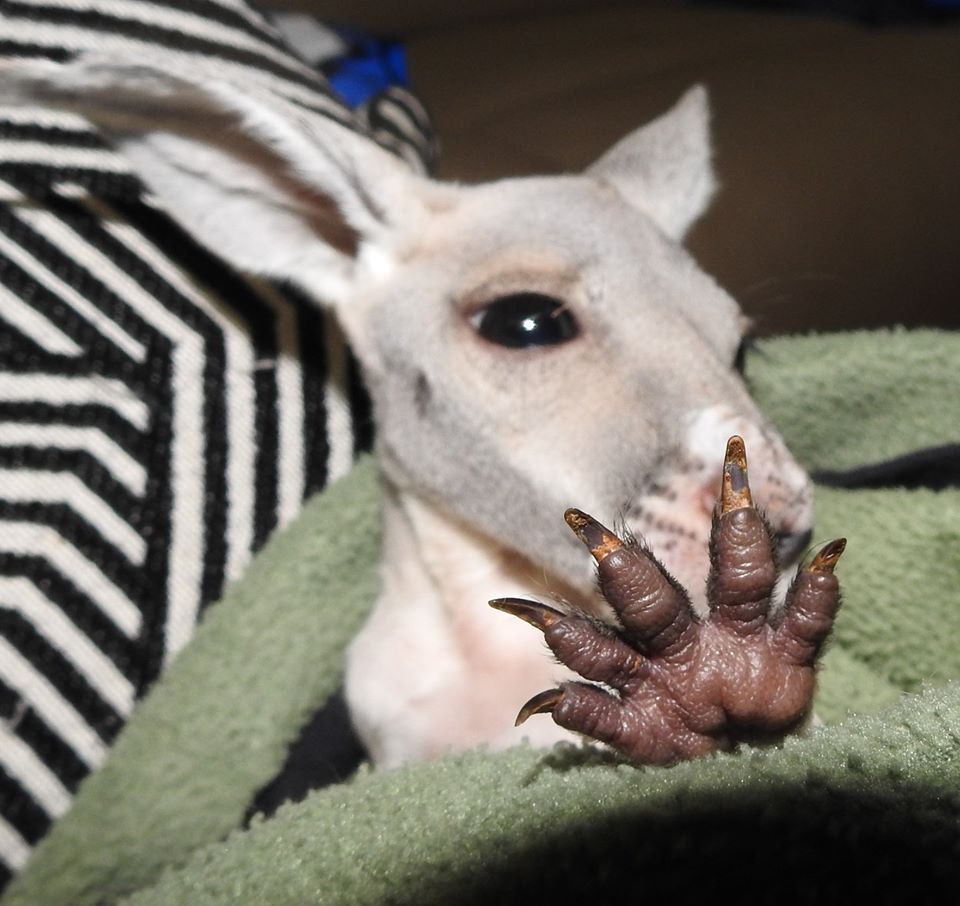People Against Killing Kangaroos cannot register as a charity in Australia. We applied for charitable status and were denied. Let’s have a look at the reason for rejecting our application for charitable status.
The following excerpt is from the letter rejecting our application to register as a charity:
“Independent research has been undertaken to measure the impact of kangaroo grazing on native vegetation in Australia. A 2014 study found that large mammalian grazers can alter the biotic and abiotic features of their environment through their impacts on vegetation. The study also demonstrated that reptile abundance, species richness and diversity were highest where grazing intensity was low, which supports limiting the numbers of kangaroos in the environment.”
Livestock grazing in Australia includes 65.9 million sheep, 26.4 million cattle and more than 2 million goats. In comparison, there are around 20 million kangaroos in Australia. Kangaroos developed and adapted to Australia’s harsh conditions over millions of years. If Australia really wanted to reduce grazing intensity, then reducing the number of sheep is the obvious answer. However, blaming kangaroos gives Australian governments a deluded excuse to kill kangaroos for profit. Money.
,
The following excerpt is from the letter rejecting our application to register as a charity:
“The Acting Assistant Commissioner considers that this research indicates a need for kangaroo numbers to be limited in an effort to protect the overall biodiversity of protected and unprotected lands within Australia. It is therefore likely that should the Applicant succeed in achieving its purpose of ending the commercial harvest of kangaroos, it would be to the detriment of the natural environment.”
As the below photo reveals, kangaroos have soft feet – whereas sheep and cattle have hard hooves. Clearly, hard hooves cause much more damage than soft padded feet. Kangaroos are native to Australia, unlike introduced sheep, cattle and goats. Kangaroos are efficient graziers. Each kangaroo consumes as much grass as two rabbits. One cow eats as much as 60 kangaroos and one sheep eats the same as 5 kangaroos. Clearly, the over-grazing of Australia’s landscape is not the result of kangaroos.
“The Acting Assistant Commissioner also considers that the independent research undertaken regarding the impact of kangaroo grazing on native vegetation indicates that seeking an end to the commercial harvest of kangaroos will not advance the natural environment..“
What does the research say about kangaroo grazing?
“As I see it, if kangaroo conservation is to be ensured and if our arid and semi-arid grazing lands are not to be turned to deserts by sheep and goats, the sooner kangaroos become a significant resource instead of a pest the better.” (Kangaroo harvesting for conservation of rangelands, kangaroos and graziers, Gordon Grigg)
“Low vegetation biomass near artificial watering points in Sturt National Park may be more correctly attributed to the effects from past sheep-grazing pressure, than to any current grazing pressure.”
(Do kangaroos exhibit water-focused grazing patterns in arid New South Wales? A case study in Sturt National Park, Rebecca Montague-Drake and David Benjamin Croft, 2004)
“We conclude that, regardless of previous grazing history, contemporary kangaroo grazing pressure and weed invasion, the severely degraded state of native pastures was perpetuated by rabbits.”
(Density-dependent grazing impacts of introduced European rabbits and sympatric kangaroos on Australian native pastures, Greg Mutze, Brian Cooke & Scott Jennings, 2016)
“The initial degradation was caused by the wool industry, with sheep numbers driven by the 19th century English wool market without regard for the impact of overgrazing on the land (Lunney 2001), which was exacerbated by the rabbit plague. Total grazing pressure remains an issue today and the long term ecological and economic future of the degraded rangelands probably depends upon finding an ecologically benign alternative to sheep.”
“Land degradation throughout the sheep rangelands is severe in many places and, when wool prices are low,economics encourages overstocking and further degradation.”
(The Impact of Animals on the Environment: Should We Be Switching to Kangaroos and, If So, How Could We? Gorden Grigg, 2002)
“Native wildlife and some feral animals tread more lightly on the environment than intensively produced livestock do, and thus provide more sustainable options for food production on Australia’s arid lands. Kangaroos and goats place one-third of the pressure on grazing lands compared with sheep.”
(UNSW Sydney)
To profit from killing kangaroos in the wild for meat and skins, Australian governments have to label kangaroos as pests and blame them for damage caused by agriculture and livestock. Commonsense tells us that 65.9 million introduced sheep will cause a lot more “grazing pressure” on the Australian environment than native kangaroos.
Seeing as kangaroos are native to Australia, what are some of the benefits of kangaroos on the environment?
“Using the assumption that beef cattle have a DSE of 8, this gives Australia a total cattle and sheep DSE of 324 million. This puts the grazing pressure of the national kangaroo herd somewhere between 1 per cent and 8 per cent of national grazing pressure (Australian Government: State of the Environment, 2006). Kangaroos’ soft padded feet and long tail are integral to the ecological health of the land, as regenerators of native grasses. Kangaroo urine and faeces are natural fertilisers essential to the health of the soil (D. Ramp). Many species depend on the kangaroo for this reason. Their waste is not high in nitrogen like that of livestock. Unlike sheep and cattle, kangaroos do not destroy plant roots when they eat.”
(Bendigo Advertiser, 2009)
“Kangaroo pellets provide steady-release nutrition and their residue of fibre both holds available moisture close to the earth and assists in ground cover. (Faeces from introduced stock such as cattle or horses tend to blanket cover where they drop and suppress immediate areas.)
“Earthworms seek the surface near kangaroo pellets, seeking not only nutrition but also the fibre that remains on the gradual dissolution of kangaroo pellets, which happens over time, thus, with their tunnelling upwards, the earthworms and other micro-organisms aerate and loosen the soil structure, keeping it healthy.”
(Science by observation on the farm, The District Bulletin, 2016)
Donations received help us to fund:
legal action
research
education programs
“kangaroo safe” pet food labelling
and other initiatives aimed at saving kangaroos from cruelty and killing.
People Against Killing Kangaroos is an initiative of the Church of Mother Earth Inc – a volunteer organisation for the protection and conservation of Mother Earth.


